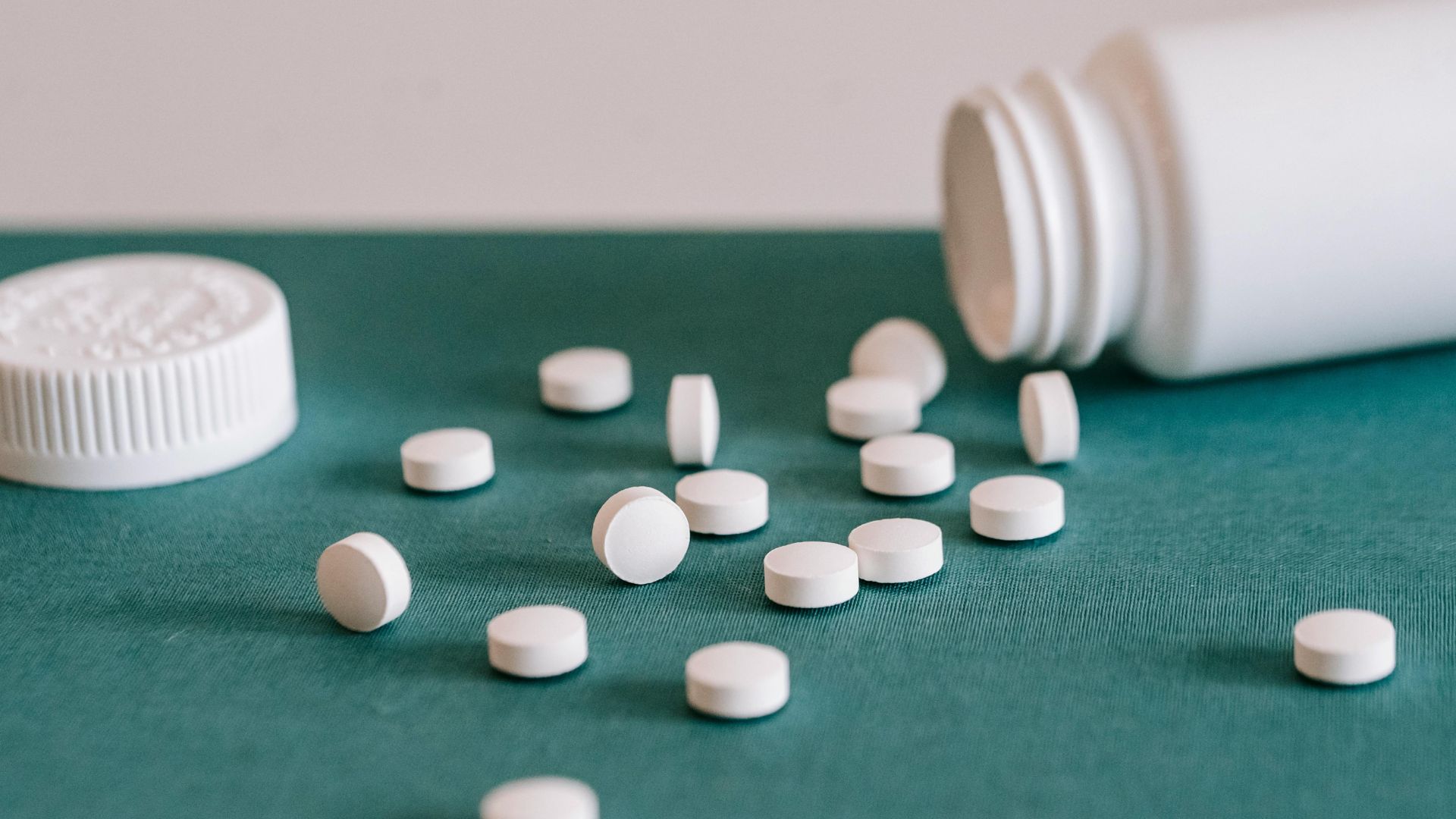LSD (Lysergic acid diethylamide) is a powerful hallucinogen known for causing intense and often unpredictable psychological effects. Understanding how long LSD remains in the body is essential for users, healthcare professionals, and those considering its use. In this article, we’ll cover LSD’s half-life, its detection timeframe, and what to expect during the withdrawal process.










